ECHOES#2 _ 19 – 22 SEPTEMBER 2013
If listening has ever been connected to our survival skills and spatial orientation, sound is still a vital matter to map our relationship with places.
More than 50 years after Guy Débord has written about Situationist Drift and Psicogeography, in a time when georeferences and Internet have transformed contemporary possibilities of mapping, ECHOES invites to another weekend of meetings about listening and place. This time about the possible ways of Mapping through Sound. ECHOES #2 is a weekend program with different scales and perspectives that invites artists, scientists and public to share their points of view and of listening.
Thursday September 19th in Sinel de Cordes Palace the workshop starts. The Unlikely Places and the participants will start recreating the piece Come Across for the city of Lisbon. Friday at 6 p.m. we start presenting the results for the RADIO OPEN CALL by Jennie Savage Intermission: Audio portraits of Place – Mapping the Space between A and B. Also at 6 p.m. we open the installation by João Bento DIÁRIO SONORO – 366SoundDailyProject. From 9:30 p.m. on we screen the film trilogy by Manon de Boer Sylvia Kristel – Paris, Resonating Surfaces and Think about Wood, Think about Metal on sound narratives from three women and how do they relate with surfaces of spaces and cities they have lived in during 1970’s.
On Saturday, we visit the laboratory silence of Anechoic Chamber in Instituto Superior Técnico guided by Professor Bento Coelho. The journey ends up with a radio talk moderated by Sandy Gageiro with ECHOES #2 guests, and also Luís Cláudio Ribeiro, responsible for the project Lisbon Sound Map. This talk is broadcasted online by Stress.fm.
On Sunday at 7 p.m. in Sinel de Cordes Palace, we end up ECHOES weekend with the piece Come Across Lisbon version performed by Unlikely Places and workshop participants. Welcome.
19-22 SEPTEMBER

COME ACROSS
Come Across is a workshop / performance guided by the collective Unlikely Places (Diogo Alvim, and Rui Patricio Eduardo Chaves) based on the Sonic Arts Research Centre, a research leader in the field of music technology and sound arts. The event explores the relationship between urban space, mapping, field recording, sound walk and memory, in order to achieve a new performance version of Come Across, from the city of Lisbon.
We seek participants from the fields of architecture, music / composition, sound design, and other interested parties to join the ensemble.
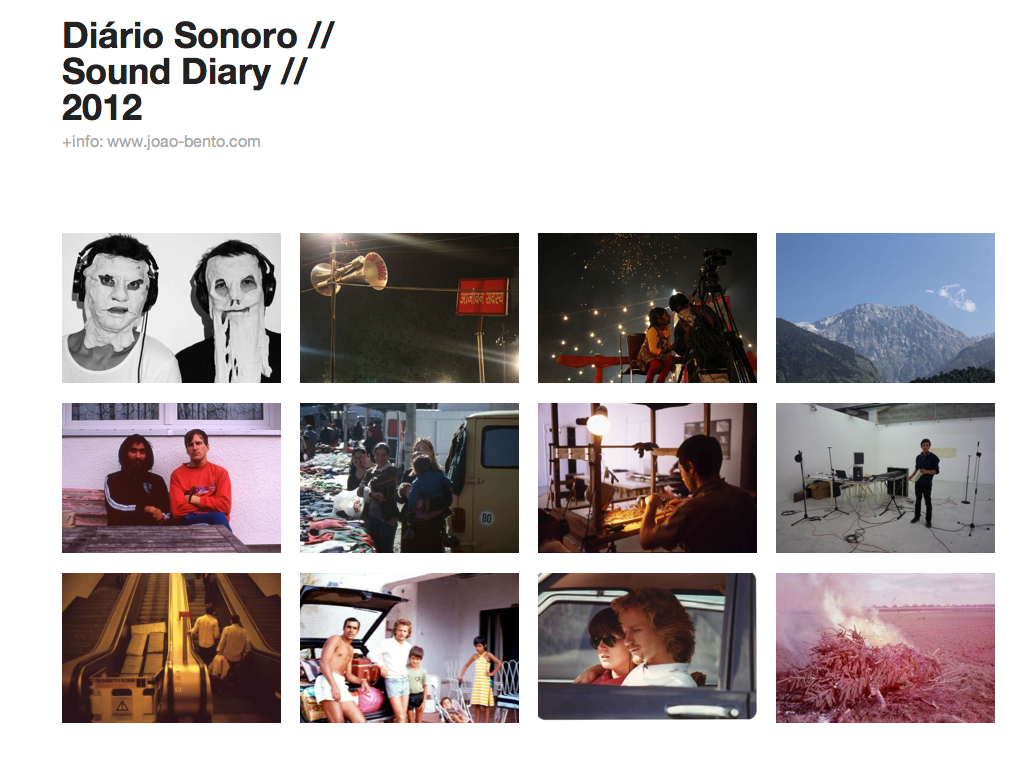
SOUND DIARY – 366SoundDailyProject
Sounds recorded daily during 2012.
Sound Diary-Calendar Version Wood-366 jack outputs. Electric cables. Headphones. Arduino and mp3 player.
In 2012 I decided to record everyday sounds. In this sound installation we can listen to conversations (with friends, family or unknown people), sound creations developed in artistic collaborations, the flea market of “Feira da Ladra” in Lisbon, the weekly market of my small home town, the streets of New Delhi, the sea in Goa, the chanties of monks in Himalayas, the wind in the Strait of Gibraltar and many other sounds. This project started from the desire to organize my recordings, being a vehicle for research and study of daily memories recordings, exploring how to capture, reproduce and map these same sounds.
This installation opens friday september 20th at 6 p.m. in Sinel de Cordes Palace. After ECHOES #2 weekend, this installation will continue from September 24th until October 20th and can be visited from tuesday to thursday, from 10 a.m. to 6 p.m..
+ info: 366soundailyproject.com

INTERMISSION: Audio portraits of Place – Mapping the Space between A and B
During ECHOES #2, Jennie Savage presents more that 100 radio pieces received from all over the world in response to the RADIO OPEN CALL Intermission: Audio portraits of Place – Mapping the Space between A and B. This OPEN CALL can be listened in an installation in Sinel de Cordes Palace and through online programme broadcasted by Stress.fm during the whole ECHOES weekend. Both the opening at the palace and the starting of online broadcast happen this friday 20th at 6 p.m. In the palace or online, everyone is invited to listen to it.
What can a field recording tell us about architecture?
When we think about architecture we think of how a building looks, it is dominated by the tyranny of the visual. How a place looks is only a small part of being there. The sound of a place, although perceived secondarily, is fundamental to our experience of it.
‘Intermission’ was an international ‘open call’ inviting artists to collaborate in the construction of an audio map by making a ‘portrait’ of their locality – mapping the air space between A & B. Over 105 people responded to this call from many countries. Their responses create a map, but also take us on a journey. The map is a sonic register indexically linked to specific places, whilst the journey emerges through the individual works and the inevitable connections and narratives between them. As the programme unfolds it will create the sensation of listening to a map whilst simultaneously hearing the unfolding of intimate and ephemeral moments.
In these coherent drifts through sonic worlds there is a sense of making sense of place and an aesthetic pleasure in the recording of a cycle ride through a city whilst whistling ‘The Girl From Ipanema’ or birdsong next to a motorway.
This is the first way that this map of field recordings can tell us about architecture & place, because they record places as lived environments rather than images. They describe inhabited townscapes, places where people get off a bus, go into a shop, talk in a cafe, bump into a friend, take children to school or attend a public event. All of these activities make up the fabric of life, but they are not ‘about’ architecture, architecture happens around these events. It is a backdrop. Being able to listen reminds us that another kind of place exits. It is a place of rhythm, pathways, habits, memories, connections, conversations and experiences. This city happens around architecture and not because of it. Through these recordings we can hear these invisible landscapes. Where does laughter, conversation, live music, happen, and where is it absent? What are the centers? Where is the beauty?
This audio map is the playing out of sounds, ideas, field recordings, footage and imaginings from geography to create a new topography- a new map. A map that connects sounds to place and then forges connections between places. It connects people and ideas. Situations that seemed singular have become multiple. We listened to every audio file that we had been sent. This experience was incredible and rich and so many artists have collaborated with us the job of organising the broadcast became one of drawing pieces into conversation. Five main ‘programmes’ have emerged and these will be played out over the course of the weekend.
‘Territories’ The individual, community, locality, corporate, global, bought into conversation.
‘Convergence’ Organic sound and the human made intermesh. Our voices lie somewhere between birdsong and traffic drone, a factory, a glitch, a shopping mall, an airport a train station, their convergence as audio portrait of place and human experience.
‘Psychogeographies’ The manifestation of time through place, interrogating sonic landscapes to reveal secret histories through anecdote, folklore and personal narrative.
‘Reflexivity’ Questioning the idea of field recording and the charge of the documentary moment or responding to the idea of the Journey.
‘Disorienteering’ Field recordings are taken as a starting point, distorted, manipulated or pushed to abstraction.
PARTICIPANTS
Acoustic Mirror // Madrid, Spain
Alan Dunn and Jeff Young // Liverpool, UK
Alan Gleeson // Berlin, Germany
Aldene Rocha and Ingeborg Blom Andersskog // Rio de Janeiro, Brasil
Alejandro Cornejo Montibeller // Lima, Perú
Alejandro Villegas // Bogotá, Colombia
Aline Dufat // London, UK
Amira Hanafi // Cairo, Egypt
Ana Gandum // Lisboa, Portugal
Antonio Bermúdez // Bogotá, Colombia
Ashley Scott // Newcastle, Australia
Balam Ronan // Querétaro, México
Becky Grajeda // Chicago, Illinois, USA
Betelhem Makonnen // Rio de Janeiro, Brasil
Brendan Baylor // Iowa City, USA
Camille Lacroix and Flora Detraz // Paris, France / Stockholm, Sweden
Charlotte Wendy Law // London, UK
Chris Wood // London, UK
Christopher DeLaurenti // Williamsburg, VA USA
Cristina Gaviria Beltrán // Bogotá, Colombia
Dafydd Sills-Jones // Aberystwyth, Wales
Damir Kustic // Rijeka, Croatia
David Blamey // London, UK
David Brazier, Kelda Free and Advent Sorrow // Perth, Australia
David Tarnow and Doug Wright // Camino de Santiago in France and Spain
David Tomaloff // Racine, Wisconsin, USA
Dirk Elst // Ghent, Belgium
Dixie Treichel // Minneapolis, MN, USA
Elisabetta Senesi // Florence, Italy
Elizabeth Ross // México City, México
Emiliano Battistini // Rimini, Italy
Eric Leonardson // USA
Estelle Rosenfeld // Ramsgate, UK
Félix Blume // Mexico City, Mexico/France/Belgium
Flavien Gillié // Niévroz, France
Gabriel Dernbach // Berlin, Germany
Gintas k // Marijampole, Lithuania
GRAU/T // Essen, Germany
Greg Ruben // Brooklyn, New York, USA
James W. Norton // London and Cambridge, UK
Jan Van Den Dobbelsteen // Eindhoven, The Netherlands
Jess Allen // Herefordshire, UK
João Bento // Portugal
John F. Barber // Vancouver, Washington, USA
Jordan Cleland // Indianapolis, IN, USA
Jorn Ebner // Berlin Kreuzberg, Germany
José Pastor // Aldeia do Mato, Portugal
Julia Heslop // Newcastle upon Tyne, England
Jurgen de Blonde – Aifoon // Belguim
Kevin Logan // London, UK
Larry Achiampong // London, UK
Mandy Williams // London, UK
Marcelo Armani // Canoas, Brasil
Marco Lampis // Italy
Maria Balabas // Bucharest, Romania
Maria Best // Saarbrücken, Germany
Maria Papadomanolaki // London, UK
Mario Lautier Vella // Hertfordshire, UK
Mark Hardy // USA
Marssares // Maricá, Rio de Janeiro, Brasil
Matt Warren // Hobart, Australia
Mauro Sá Rego Costa // Rio de Janeiro, Brasil / Havana, Cuba
Michael Cousin // Wales, Cardiff
Munan Øvrelid and Marcellvs L // Berlin, Germany
Natasha Lowe Swingler // London, UK
Nigel Helyer // North Fremantle, Australia
Noah Jurcin // Chicago, USA
Paul Collins // Paris,France / Toronto, Canada
Pedro Garbellini // São Paulo, Brasil
Peter Barnard // Buckinghamshire, UK
Peter Lenaerts // Brussels, Belgium / Sydney, Australia
Peter Strickmann // Saarbrücken, Germany
Rachel Andrews // Co Leitrim, Ireland
Radio APPROXIM // Uden, Netherlands
Randolph Jordan // Vancouver, Canada
Random Order Collective // London, UK
Rebecca Louise Collins // The Dyfi Biosphere, Mid-West Wales
Renee Lauzon // USA
Riccardo Benassi // Berlin, Germany
Saba Hasan // New Delhi, India
Sam Heydt // NYC, USA
Sierra Mitchell // Chicago IL, USA
Simon Serc Pharmafabrik // Haidenschaft, Slovenia
Sirpa Jokinen // Helsinki, Finland
Speculum // Los Angeles, USA
Stuart Craig // Newcastle-upon-Tyne, UK
Susanna Jurvanen // Finland
Tariq Emam // Scarborough, UK
The Psychogeographical Commission // Glasgow, UK
Tricia Flanagan // Kowloon City, Hong Kong
Ulrich Ludat // Saarbrücken, Germany
Uwe Kirsch Aka Genarten // Bremen, Germany
Virgilio Oliveira // Currently living in London, UK.
William Diaz // Bogotá, Colombia
Wiska Radkiewicz and Andrea Cohen / Soundson Collectif // France / USA
Yorgos Taxiarchopoulos // Athens, Greece
FRIDAY / 20 SEPTEMBER

SYLVIA KRISTEL – PARIS
[Super-8 film transferred to video, color, 4:3, stereo, French spoken, English subtitles, BE, 2003, 39′]
With Sylvia Kristel / Image Manon de Boer / Editing Inneke Van Waeyenberghe & Manon de Boer / Sound Manon de Boer / Soundtrack George van Dam & Manon de Boer
Sylvia Kristel – Paris is a portrait of Sylvia Kristel , best known for her role in the 1970’s erotic cult classic Emmanuelle, as well as a film about the impossibility of memory in relation to biography. Between November 2000 and June 2002 Manon de Boer recorded the stories and memories of Kristel. At each recording session she asked her to speak about a city where Kristel has lived: Paris, Los Angeles, Brussels or Amsterdam; over the two years she spoke on several occasions about the same city. At first glance the collection of stories appears to make up a sort of biography, but over time it shows the impossibility of biography: the impossibility of ‘plotting’ somebody’s life as a coherent narrative.
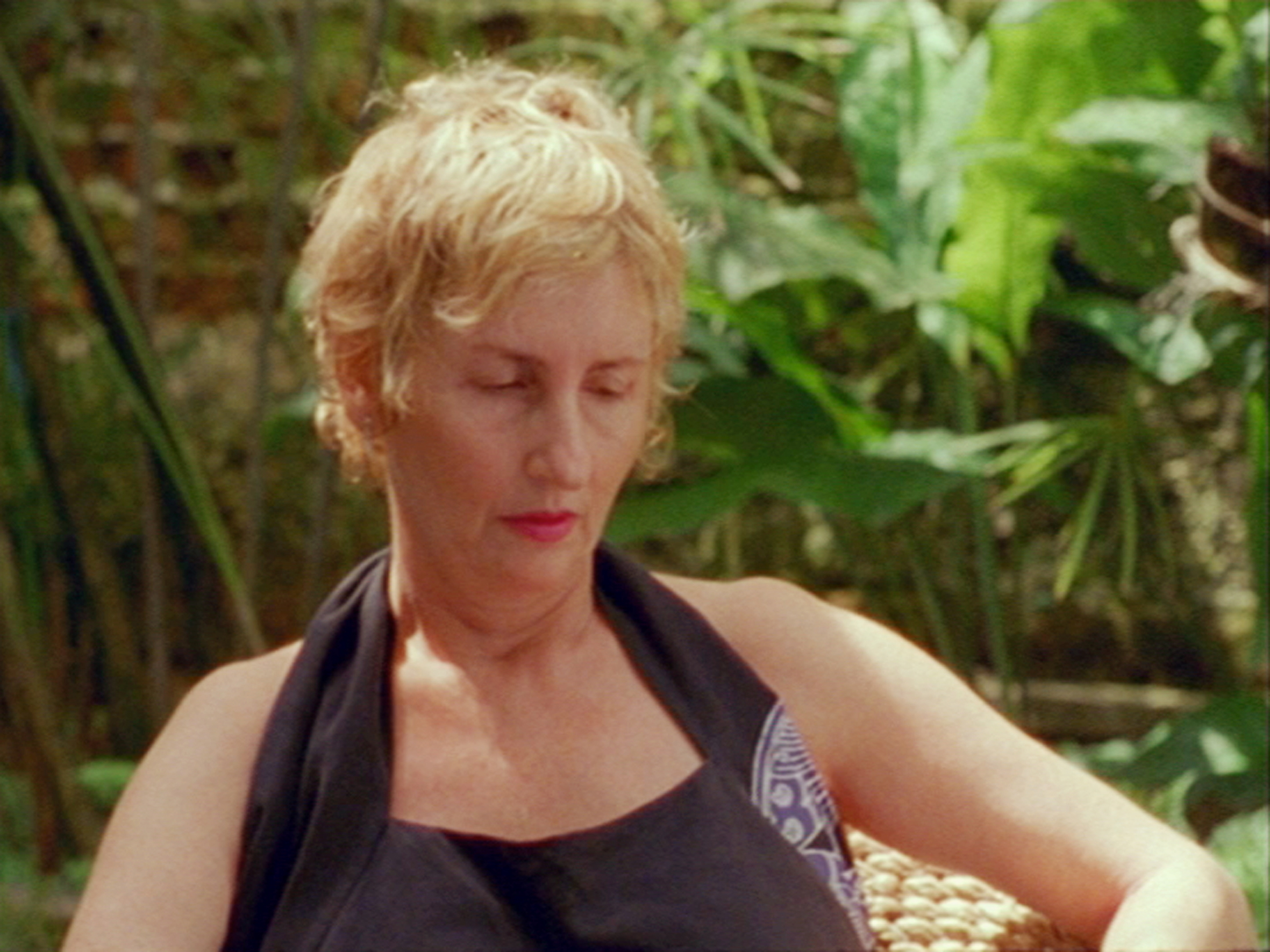
RESONATING SURFACES
[16mm transferred to video, color, 4:3, dolby suround, French and Portugese spoken, English subtitles, BE, 2005, 39′]
With Suely Rolnik / Image Sébastien Koeppel / Editing Manon de Boer / Concept soundtrack Manon de Boer & George van Dam / Composition & Violin George van Dam / Sound recording Manon de Boer, Bastien Gilson / Sound editing Bastien Gilson, George van Dam / Final sound mix Christian Cartier – Le Fresnoy, studio national des arts contemporains / Produced by Blitz vzw/ Manon de Boer / Co-produced by Le Fresnoy, studio national des arts contemporains, Jan Mot, Transmedia – Hogeschool Sint-Lukas Brussel / With the support of the Flanders Audiovisual Fund
Resonating Surfaces is triple portrait, of a city, a woman and an attitude to life. For the personal story of Rolnik, who is a Brazilian psychoanalyst currently living in São Paulo, involves the Brazilian dictatorship of the sixties as well as the Parisian intellectual climate surrounding Deleuze and Guattari in the seventies. The film is woven through by different themes: the other and the relation to otherness, the connection between body and power, the voice and, ultimately, the micropolitics of desire and of resistance.
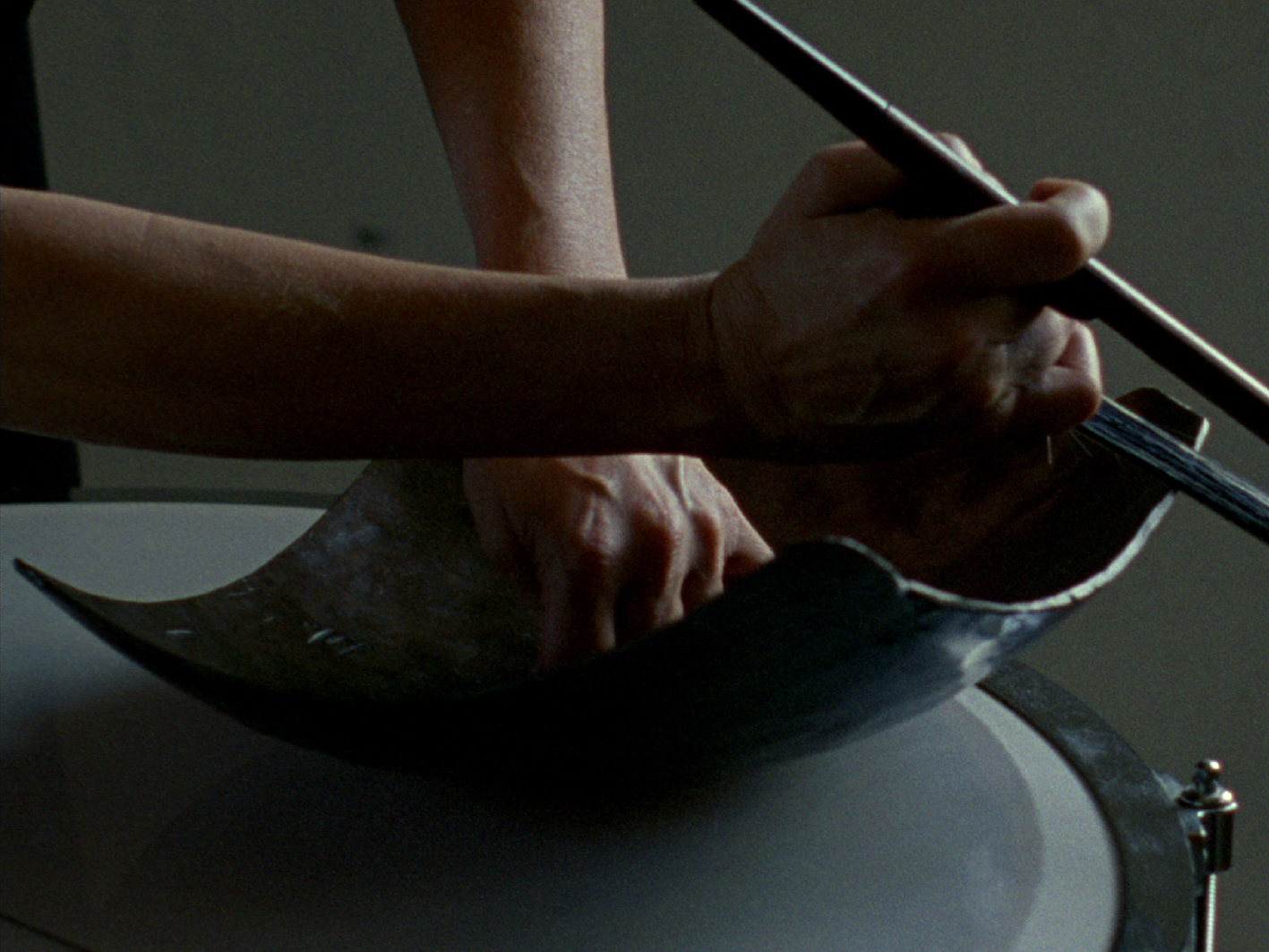
THINK ABOUT WOOD, THINK ABOUT METAL
[16mm transferred to video, color, 4:3, dolby suround, English spoken, BE, 2011, 48′]
With Robyn Schulkowsky / Cinematography Sébastien Koeppel / Editing Manon de Boer / Music composed and performed by Robyn Schulkowsky except ‘WDR’ composed by George van Dam and performed by Robyn Schulkowsky and ‘Spree’ composed and performed by George van Dam / Sound recording Aline Blondiau / Sound editing George van Dam, Christian Cartier and Manon de Boer / Final Sound Mixing Christian Cartier – Le Fresnoy, studio national des arts contemporains / Produced by Auguste Orts / Co-produced by Jan Mot and Van Abbemuseum (NL) / With the support of the Flanders Audiovisual Fund and Le Fresnoy, studio national des arts contemporains (FR)
In a series of films in which we discover the portrait of a woman, Manon de Boer prolongs her experiments during the meeting with Robyn Schulkowsky. In Italy and then Germany, the rotation of the lens leads us in a false loop where the visible is metamorphosed by the audible. The meetings of the musician make up the journey of an instrumentalist confronted with some contemporary composers whose evocation disturbs our appreciation of the pieces performed. The sound portrait animates the vision of performance spaces. (Gilles Grand) Think about Wood, Think about Metal is a third cinematic portrait in a trilogy on the seventies. The two other films are Sylvia Kristel – Paris (2003) and Resonating Surfaces (2005).
SATURDAY / 21st SEPTEMBER
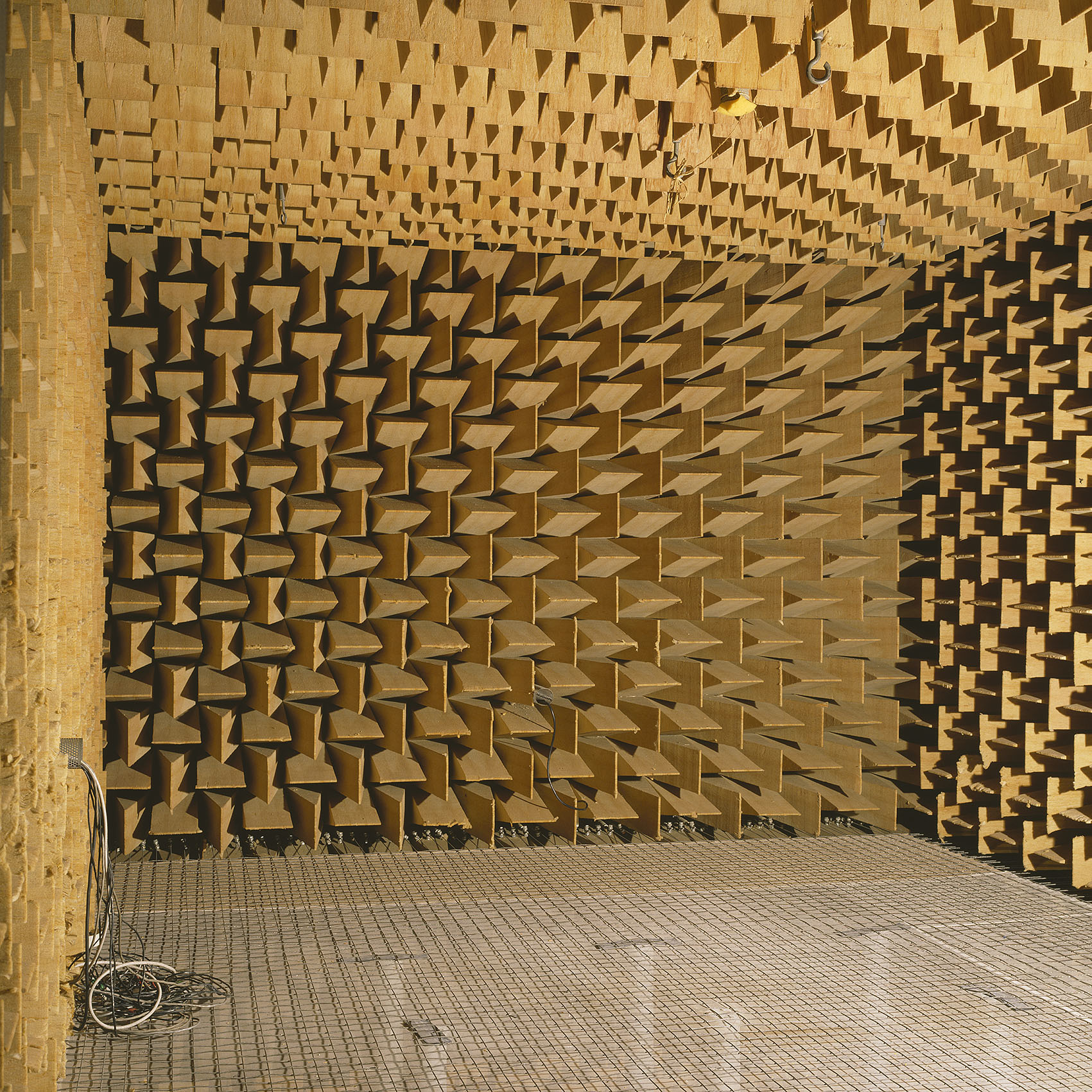
A anechoic chamber is a room designed to absorb almost every sound reflection emitted in its interior, simulating the open field listening. Inside of a place like this we can feel closer to what absolute silence would be if it existed. Ultimately we might even listen to the interior of our own body. This chamber is a laboratory room essential to Centro de Análise e Processamento de Sinais in Instituto Superior Técnico, directed by Professor Bento Coelho who will present us on Saturday the work developed here namely the noise maps from cities like Lisbon or São Paulo.
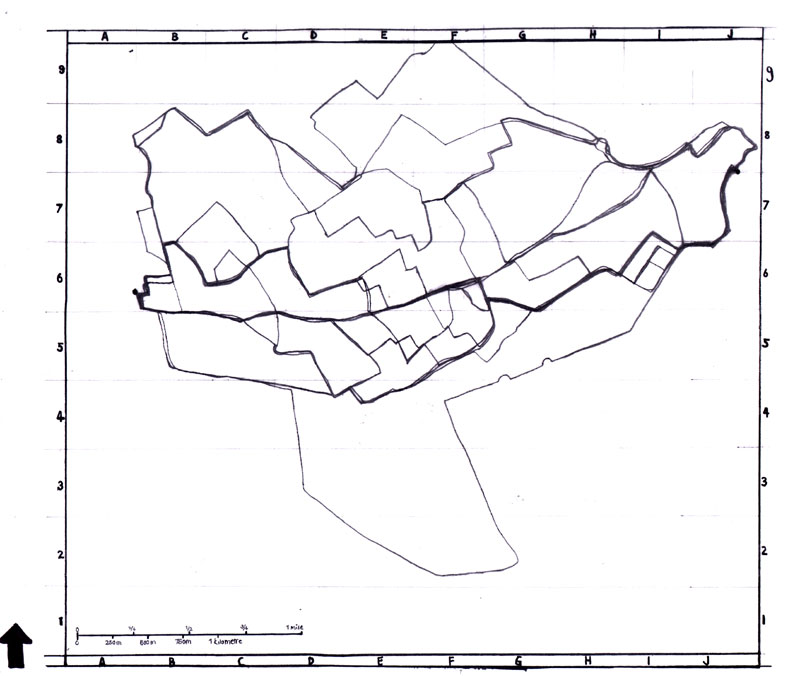
SANDY GAGEIRO – MODERATION
WITH: DIOGO ALVIM / EDUARDO PATRÍCIO / JENNIE SAVAGE / LUÍS CLAUDIO RIBEIRO / RUI CHAVES
The constant reverb of the 25 de Abril Bridge, the Cascais Line train and the sirens of ships over the Tagus River tell us that we are in the south of Lisbon. Air and road traffic links us to the angle north of the city. If we cross a dance of languages, accompanied by the tune of cash registers and loaders we know that we are between Mouraria and Martim Moniz. How do we feel this mat of sound on which we walk every day? How do sounds connect us to spaces?
Are sounds alike – right now – in Maputo, Curitiba or Belfast? Can we connect through sound? What effect has the built heritage on the experience of people who daily ignore it? In this talk we will try to understand what maps of sounds are and how they impact the daily lives of experts and authors. Put questions about the process of building these catalogs: the places, the capture, the classification. Try to understand how architecture, noise, music and conversations are the basis for academic and artistic work.
SUNDAY / 22 SEPTEMBER
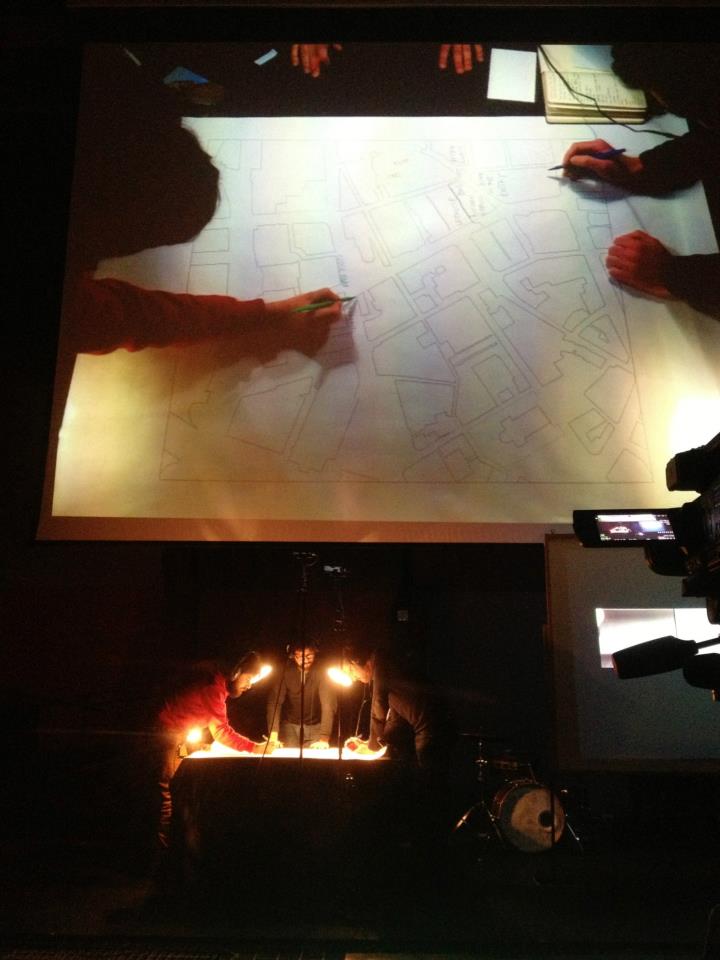 COME ACROSS
COME ACROSS
Come Across is a piece that explores a rich history of intersecting notions of walking, experiencing place, memory, mapping and sound. The piece prompts for a presentation framework where a group of performers re-create a set of pre-recorded soundwalks. This process starts off with the capture of soundscapes that are relevant to each performer, in which walking through the city shapes the composition structure – manifest in the design of a network of branching routes. The navigation through these is aided by chance operations – the toss of a coin, determining potential crossings and/or overlappings of each recording process. This results in a re-enactment that is mediated by individually drawing each path on a map. This attempt to synchronize the movement of the hand while listening to the sound of each recording becomes a moment of tracing and reflecting, enhanced by unveiling other memory cues such as commentaries and others forms of documentation – video or photography. This version results from a workshop lead by the Unlikely Places collective, in which during 4 days, the participants discovered their own paths and meeting points throughout the city of Lisbon.















